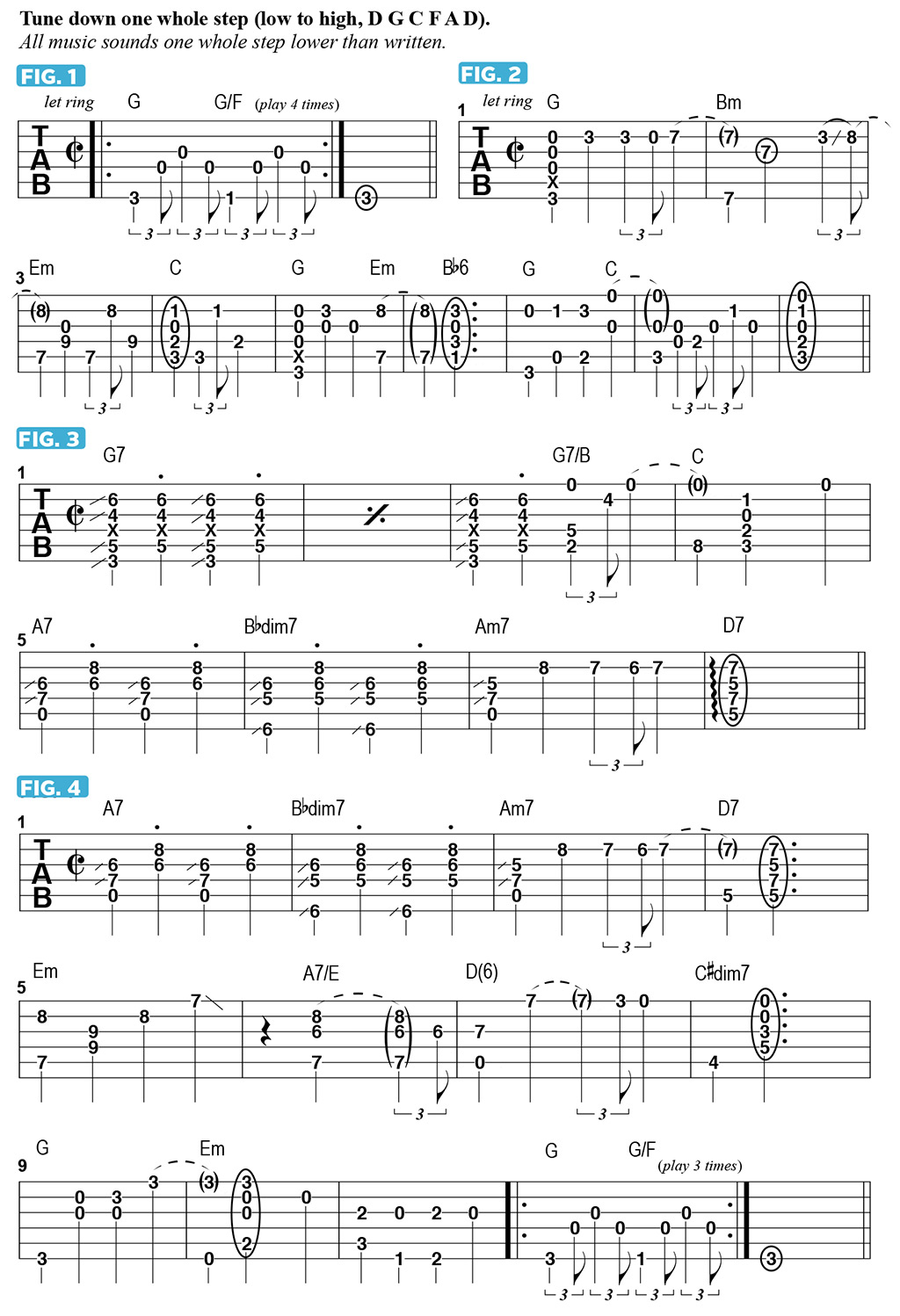Learn how to build solo guitar-based compositions
Jazz guitarist Julian Lage shares a study in orchestration for solo guitar
Wordsmith, a track from my album Modern Lore, is a composition that I think of as a study in orchestration for solo guitar. By that, I mean it’s a tune that I envisioned as being able to standalone as a guitar part only.
I needed an arrangement wherein I could tell the whole story of the tune with a solitary guitar. For most of the songs on the album, I approached each piece knowing there would be a drum groove, a bass line and a guitar part - that was the 'three-headed monster' I envisioned.
To that end, I wrote many of the tunes to a drum machine, crafting the guitar part to fit in with whatever the drum groove was. Wordsmith was kind of the opposite approach, in that my goal was to be able to have all of the elements needed - melody, harmony, rhythm and groove - communicated in that single instrumental part.
For this track, I chose to tune my guitar down a whole step (low to high, D G C F A D). This lower tuning creates some very appealing results, in that the strings become softer and slinkier, and the range of the guitar is lower. You do have to pick a little lighter, however, which forced me to play in a more tender and sensual way.
The first element in the song is the bass groove, shown in FIGURE 1. Played in a 'cut time' (2/2) feel, I apply a triplet-like lilt as I move between G and G/F. I play this part with a little bit of aggression in order to give it a bit of an open-tuned blues guitar feel.

The next part, presented in FIGURE 2, reflects the orchestration idea I referred to, in that it encompasses the bass, harmony and melody. Along with the melodic content, what is also clearly outlined in this part is the chord progression: G - Bm - Em - C, then G - Em - Bb6 - G - C. The root note of each chord is presented clearly as well, referencing a bassline.
I also like the 'drone-y' sound of the open third string that is present in several of the chords in the progression. On top of all of this is the melody, which is also very clearly stated while also supported by these additional elements.
FIGURES 3 and 4 depict the bridge of the song. These parts are identified by the slides into many of the chords, as well as an expansion on the harmony initially set up in the 'verse' sections.
What I find with a song like this is, if you have all of the guitar parts together and there’s a sense of forward motion conveyed in the melody, harmony and rhythm, there will be a sense of cohesion in the solitary guitar part in and of itself.
This is the last installment of All That Jazz for now. I hope you’ve enjoyed these columns, and I will see you on the road!
Julian Lage is a world-renowned American jazz guitarist and composer whose latest album is 2019’s Love Hurts.
Get The Pick Newsletter
All the latest guitar news, interviews, lessons, reviews, deals and more, direct to your inbox!
“There are so many sounds to be discovered when you get away from using a pick”: Jared James Nichols shows you how to add “snap, crackle and pop” to your playing with banjo rolls and string snaps
Don't let chord inversions bamboozle you. It's simply the case of shuffling the notes around







![Joe Bonamassa [left] wears a deep blue suit and polka-dotted shirt and plays his green refin Strat; the late Irish blues legend Rory Gallagher [right] screams and inflicts some punishment on his heavily worn number one Stratocaster.](https://cdn.mos.cms.futurecdn.net/cw28h7UBcTVfTLs7p7eiLe.jpg)


